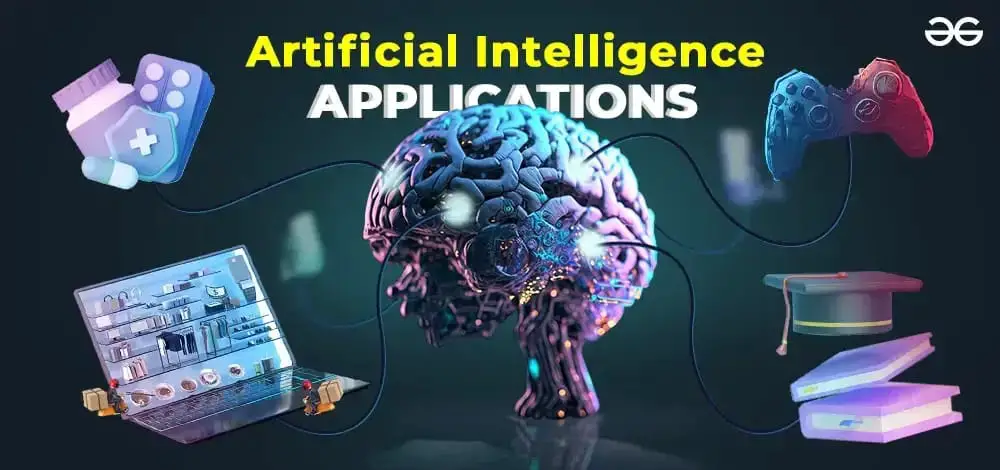Artificial Intelligence, or AI, is a hot topic. There are various articles and stories touting the remarkable opportunities available to companies that leverage AI. Pundits point out that AI may be the most disruptive technological innovation since the steam engine and has the potential to drastically change the way we work, interact, and even live. You’ve heard from your CMO that you need an AI strategy and you’ve been talking to a myriad of vendors telling you why their AI solution is right for you. Before that can happen, you first need a common understanding of what AI is, what it isn’t, and how it can fit within your overall analytical strategy. Within the automated intelligence framework, AI is a critical part of the overall analytical strategy, but it is not an end result itself. The focus for all analytical initiatives (whether AI or not) is to automate business processes through analytics — not specifically deploying AI techniques in and of themselves. This document presents a strategy for positioning AI within that context.
AI-powered applications are analytical applications that use various types of self-learning, static modeling, and/or expert systems to address a specific objective by providing the ability to accomplish a specific multi-dimensional objective. This differs from self-learning models because these use cases incorporate multiple analytical methods to arrive at a conclusion.
Gaming Agents
A common type of AI deployment that is high profile is one where a virtual player can learn and eventually master various games, even against world-class human players. Examples have been used for experimental purposes without tremendous initial commercial gain because they deal with scenarios that are completely deterministic. Nevertheless, they have led to new innovations where these innovations have been applied to other non-gaming areas. Additionally, some recent examples of AI in gaming allow these agents to break free from learning a specific game objective and instead learn different games based on rewards (see transfer learning in the next section). This is one of the major AI challenges today, being able to build initial skills to apply it to entirely new situations.
Recommendation Engines
There are many solutions that call themselves “recommendation engines”, but what they almost all have in common is that they leverage multiple analytical methods/algorithms to provide a series of recommended proposals, actions, or events. No single method is typically used to develop recommendations as it typically involves multiple approaches combined to generate a recommendation. In the Automating Intelligence: Industrializing Analytics at Enterprise Scale white paper, six different ways to make recommendations were outlined: attribute matching, popularity, item association, customer profiling, concept mapping, and collaborative filtering.
These are common techniques and typically several of these or their derivations will be used to generate a series of autonomous recommendations. From Google’s search engine, to Amazon’s shopping suggestions, to Netflix’s movie recommendations, they all use a variety of inputs to produce analytically driven recommendations. Many of these are enhanced by improving one or more analytics through machine learning. Moving forward, more innovative solutions are taking a page from the gaming world and using reinforcement learning techniques. Additional information on recommendations can be found in the next white paper in this series.
Intelligent Devices
Ubiquitous access to broadband internet, additional devices with Wi-Fi capabilities, increased smartphone penetration around the world, and the overall decreasing cost of each in relation to performance have created an environment where almost any electronic device can be connected to the internet. In the future, one should assume that anything electronic will be connected in some way. These electronic devices can vary from the relatively simple (e.g., kitchen appliances, home thermostats, and personal appliances) to the extraordinarily complex (jet engine sensors). Conceptually, all of these are electronic sensors and will not only react immediately to what is happening in relation to that device, but when connected, can sense or even talk to other connected devices.
These connected devices are commonly classified as the Internet of Things or IoT. As AI-powered applications, these IoT or intelligent appliances form an advanced use case for reactive applications as they pull together multiple algorithms to provide intelligent services determined by the scope of the appliance. The opportunity to understand and ride the wave of IoT and their integration using AI methods is enormous. McKinsey estimates that the potential economic impact of IoT will be $11.1 trillion per year by 2025. By comparison, the current global GDP in terms of purchasing power parity is estimated to be $107 trillion.
Read Also:
- Challenges And Future Of Adoption Of Artificial Intelligence (AI) In Educational Sectors
- Potential Of Artificial Intelligence (AI) In Healthcare
- From Admission To Discharge, How Artificial Intelligence (AI) Can Optimize Patient Care
- Advantages And Disadvantages Of The Use Of Artificial Intelligence (AI) In Management
- Artificial Intelligence (AI) Applications In Medicine






